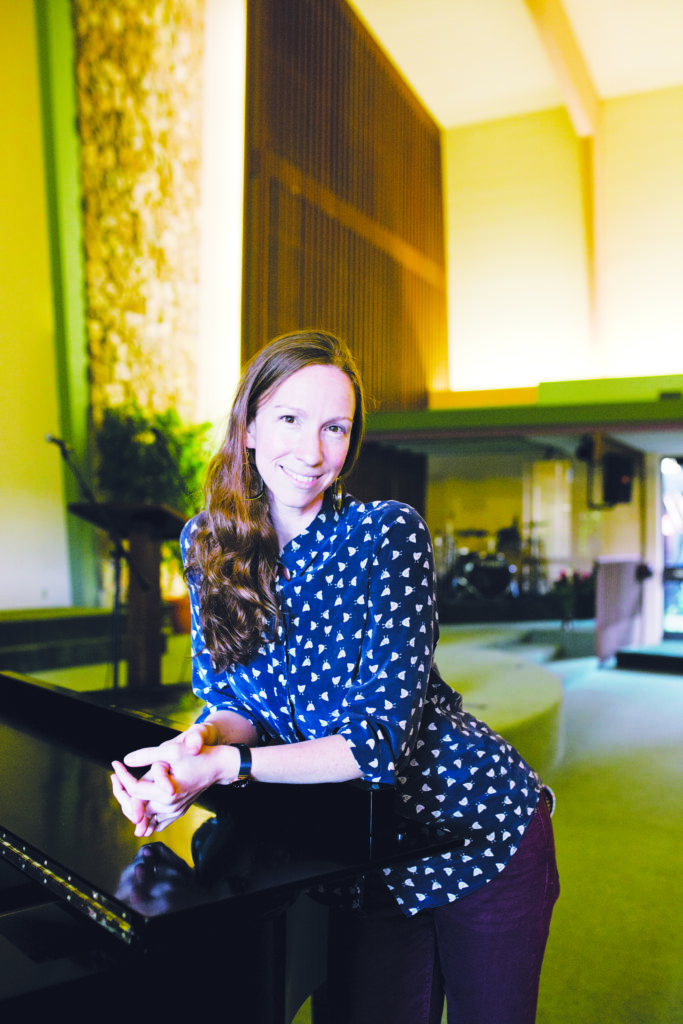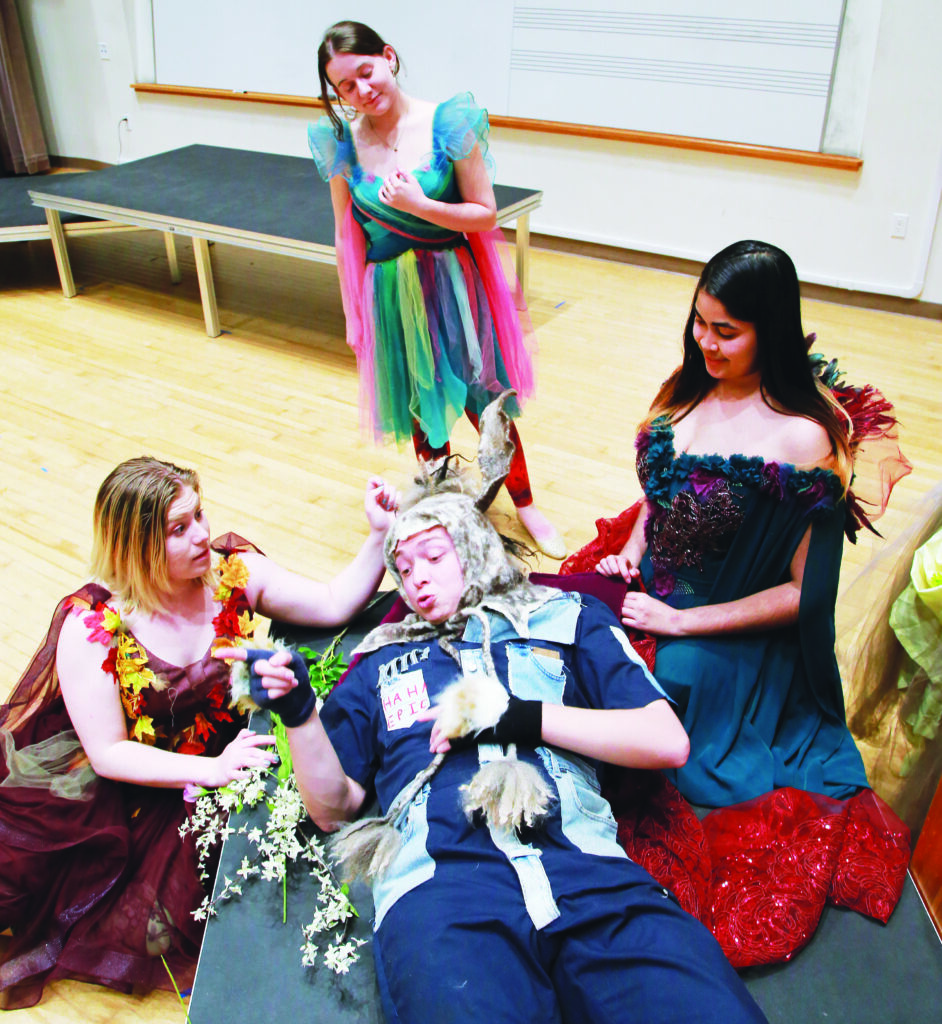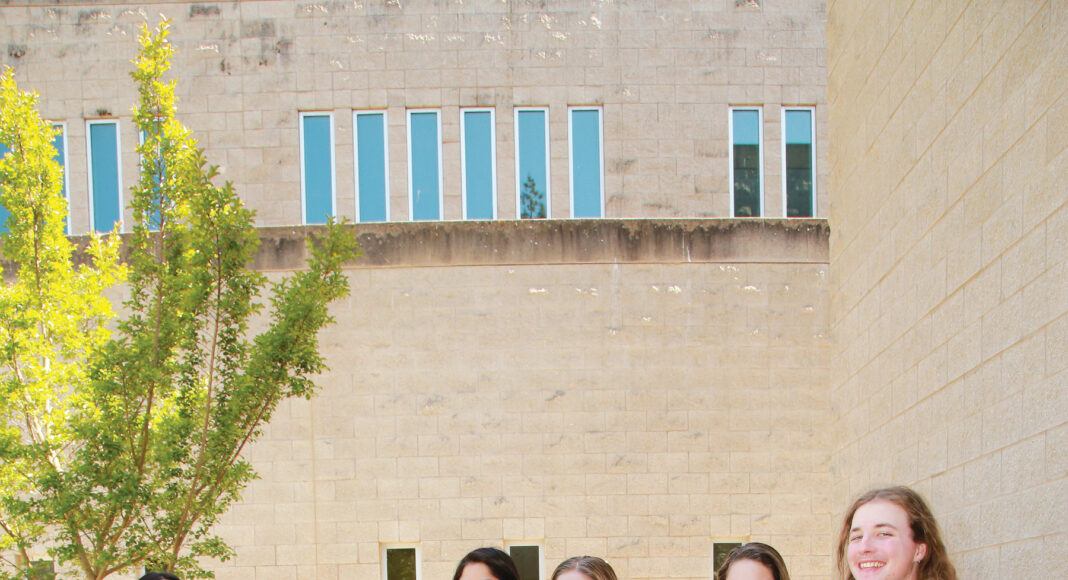Vivaldi, Bach, Mozart—what do they have in common? Baroque music, that’s what. Bold, ornamental and irresistible, Baroque music was the rock ’n’ roll of its day. Commissioned by kings, adored by everybody, Baroque songs, symphonies and oratorios still delight us three-hundred-plus years later.
Spanning (roughly) the years 1600-1750, it was the nursery for the complex performance pieces we know today as operas. The earliest operas arrived in northern Europe from Italy in the mid-1600s; their plots came from myth, legend, gossip and history, featuring love stories refreshed by comic relief.
In 1689, Henry Purcell wrote the first English opera, Dido and Aeneas. Purcell was a court musician and the organist at Westminster Abbey when he was a mere 21 years old. First performed in 1692, Dido and Aeneas—based on the story of Queen Dido of Carthage, who is said to have taken her own life after her heart was broken by the Trojan prince Aeneas—made the 30-year-old composer famous. And so he composed more music—but not too much more, because he died at the age of 36.
He followed up Dido and Aeneas two years later with The Fairy Queen, a delicious fairy-tale extravaganza which proved so popular that it was revived the next year with additional comic scenes and songs, including “The Plaint,” a mesmerizing solo reminiscent of Dido’s lament in Purcell’s debut work.
Alternately regal and spritely, Purcell’s melodies and harmonic counterpoints can suggest palatial processions, much as Handel’s did. The Messiah was composed 50 years after The Fairy Queen, yet many of its instrumental flourishes, solo arias with intricate coloratura vocal work and its broad rapturous choruses are similar to Purcell’s composing style. The Fairy Queen gives the audience shimmering choral landscapes on which to graze. Arias jump and leap through a gossamer web of coloratura vocal runs, much as the fairy queen and her entourage weave a gossamer web of enchantment in the spoken dialogues.
The dreamy and theatrical work, which will be performed this weekend by the UCSC Opera company, is made from vignettes of singing and dancing written to accompany Shakespeare’s A Midsummer Night’s Dream. Technically The Fairy Queen isn’t an opera, nor a dramatic play, but a hybrid of the two—a semi-opera. Edited by Purcell’s librettist, the spoken dialogue prompts the musical interludes for soloists and chorus. The spoken text is Shakespeare’s, and the musical portions don’t so much illustrate that text as embellish and interpret it. Giving visual opulence to the singers of the UCSC Opera program and Concert Choir will be costumes from San Francisco’s Academy of Arts University, wigs and makeup by Santa Cruz Shakespeare’s Jessica Carter, scenic design by Sean Reilly of Visible Gravity and lighting by Legend Theatrical’s Dave Dunning.

Fairy Story
Shakespeare had been dead for 75 years when The Fairy Queen burst onto the English theater scene. Word is the debut production was incredibly costly, given its many moving parts. All of the short musical vignettes are introduced by Titania, the queen of the fairies, or her king, Oberon—or by an abundance of gods and goddesses who have little actual bearing on the dramatic story, but appear to add texture and color to the entertainment.
These little in-between scenes respond in imaginative ways to the acts of the Shakespeare play, interpretive musical commentary on the underlying emotions and agendas of the theatrical actors. Think of it as a play within the play, with supernatural beings added for visual and musical sex appeal. Here we find Juno, the Roman queen of the gods, the sun god Phoebus—and in the ultimate scene, Hymen, the goddess of marriage. Purcell’s librettist, of whose identity we are not 100% percent certain, included little scenes of crowd-pleasing comedy; e.g. drunken poets, perhaps an inside critique of the Bard’s comedic characters. Those familiar with Shakespeare’s play will be quite at home with this rare and very early opera. Those who aren’t will still enjoy all the gorgeous music and the spectacular sylvan setting of the UCSC Quarry amphitheater.
The fairy-tale story involves the interweaving of nature and magic, and the setting—a quarry amphitheater embraced by towering redwoods—is perfect to conjure the transition from everyday reality into the enchanted forest of Oberon and Titania, king and queen of the fairies. Purcell’s fantasy creation is strewn with sensuality and a bold emphasis upon pleasure.
Collective Dream
UCSC’s Opera Program is directed by Sheila Willey, who describes Purcell’s music interwoven with roughly 20 minutes of the Shakespeare play as a “Baroque musical.” The timing is serendipitous: the Santa Cruz Shakespeare season kicks off next month with a world premiere of Kathryn Chetkovich’s romantic comedy The Formula, which is also based on A Midsummer Night’s Dream. Willey and her colleagues—UCSC’s orchestra director Bruce Kiesling, concert choir director Nathaniel Berman and vocal instructor Emily Sinclair—chose Purcell’s work because it seemed to be the perfect joint project to link together the opera program, orchestra and concert choir.
“There will be short dialogues from the Shakespeare within the performance,” Willey explains. “Five short acts, with one intermission, roughly two hours.”
The group chose the Quarry as the venue before the quarantine.
“Then it became necessary,” says Willey, referring to the outdoor setting, but also to the fact that the university’s main musical performance space, the Recital Hall, has been out of commission due to structural malfunctions over the past two years.
“During lockdown, we did remote opera projects,” Willey says, with a slight roll of the eyes. “Even did one from the Quarry, shot with green screen and lots of creative filming. So I was very familiar with the space. We’re bringing in a ton of equipment. It’s so beautiful, and now that it’s safe to perform together outside, the quarry is perfect! Purcell’s early opera is intimate, intricate, charming and magical.”
Rock Concert
In her planning, Willey consulted with Quarry manager Jose Reyes-Olivas, who oversees the concerts that have filled the huge space over the past five years. Once the center of campus life, the Quarry Amphitheater has hosted countless political rallies and historic performances. The likes of Angela Davis, Ravi Shankar, Peter Singer, Joan Baez, Alfred Hitchcock and Dolores Huerta have filled this atmospheric space. But time took its toll, and the venue closed in 2006. But in 2017, the quarry reopened, with the Dean of Students taking over management, and plans to bring the amphitheater back to life as a vibrant venue for cultural events.
“We are really looking forward to welcoming our audiences to this magical open-air beauty of a venue,” says Reyes-Olivas.

Now seating over 2000, the venue was carved from a former lime quarry, tucked within redwoods and amidst rocky outcroppings. An inspiring, almost meditative space in the quiet of midday, it will come to life this weekend with Purcell’s Baroque creation. The opera’s director reminded me that the production offers various seating options. “There are cushions on the amphitheater seats, people can bring beach chairs, or even have blankets on the ground, like the Santa Cruz Shakespeare productions.”
Division of Sound
UCSC Orchestra conductor Bruce Kiesling, who’ll be at the helm for this weekend’s performance, has brought in his Visalia-based professional orchestra to join hand-picked musicians from the university orchestra.
“We’re doing a split orchestra,” Kiesling explains. “Half student performers and half the Sequoia Symphony. The student players were hand-selected, by invitation, to play in this concert for which there is a very limited rehearsal period.”
Kiesling says that this instrumentation is historically accurate. “The orchestra would have been between 15 and 25 players in Purcell’s day.” In the late 17th century, such musical events were intimate, performed at the royal court and in smaller theaters than in our day. “Everybody will be lightly amplified, so everybody will be heard clearly,” Kiesling says. “The sight lines, even with such a large cohort of performers and musicians, will work just fine. The orchestra on the ground in front, the players on the stage and the chorus up behind the stage.”
Like everyone involved, Kiesling is a big fan of The Fairy Queen’s composer. “Purcell is such a fantastic composer and a true musical dramatist,” he says. “The word-painting is incredible—the music makes a colorful companion piece to the words. Plus, it’s in English! And we’ll have scenes from the play itself to compliment the opera.”
Concert choir director Nathaniel Berman knew he wanted the choir to be involved in this year’s opera production.
“It’s magnificent music that works very well for younger singers,” says the longtime lecturer in choral music and director of UCSC’s wind ensemble. He illustrates his point by referencing opera composers such as Bellini—whose Norma or La Sonnambula, for example, makes technical demands of the vocalists (involving bel canto virtuosity) that are best handled by extremely seasoned opera performers.
“In our program at UCSC, we’re casting undergraduates in full operas. That’s rare,” he says. “Singers come here to develop their vocal techniques.”
Berman adds that while Purcell is a technical challenge for singers, the Middle Baroque period music is “extraordinarily accessible. The words are sung in rhyming couplets, in English so that it feels immediately intuitive for singers, and for the audience.” The choir director agrees with Willey that the music is “charming and joyful. The melody takes a journey through the voices and instruments. Rather than radically different music for voice and for instruments, it’s almost the same music from soloists to orchestra to chorus.” In other words, the melodies will become quickly familiar.
“Purcell is absolutely wonderful,” Berman agrees. “I have a personal connection to his music because Dido and Aeneas was the first opera I conducted in my professional career. And there are echoes of Dido in this semi-opera. And our singers love the music!”
That sentiment is echoed by one of the altos working with this production, Concert Choir singer Beverly Norleen, who has performed with a half-dozen local choral groups. She confesses that the music is “lots of fun to sing. I highly suspect that Gilbert and Sullivan lifted a few things from Purcell’s Fairy Queen when they wrote their opera Iolanthe, with all the fairies dancing and tripping about.”
Asked how hard it was to work on such an ambitious production during Covid, Willey confesses, “It’s insane. This production couldn’t have been more complicated. Bringing all the infrastructure to the Quarry would be daunting enough by itself. But the coordination of elements—I went over and over the scripts, trying to decide how much Shakespeare and how much Purcell to combine. Knitting things together. But it will look phenomenal. Our costumes are once again in collaboration with artists from the Academy of Arts University in San Francisco. We will use the surrounding quarry rocks a bit in the beginning, then centralize the action onto the stage as it grows darker.”
An opera production is as complex as performance gets.
“It’s such hard work. But getting to be creative with the students [is] so rewarding,” says Willey. “This is opera at its most engaging. It will be so special and memorable for the performers. After two years of lockdown, we’re not taking making live music together for granted.”
The Fairy Queen will be performed in the UCSC Quarry Amphitheater on Friday and Saturday, May 27-28 at 7-9:30pm. Tickets are $15-$32, free for students under 18 or with student ID. Proof of Covid vax required. Tickets at eventbrite.com, go to ucsc.edu for more information.














